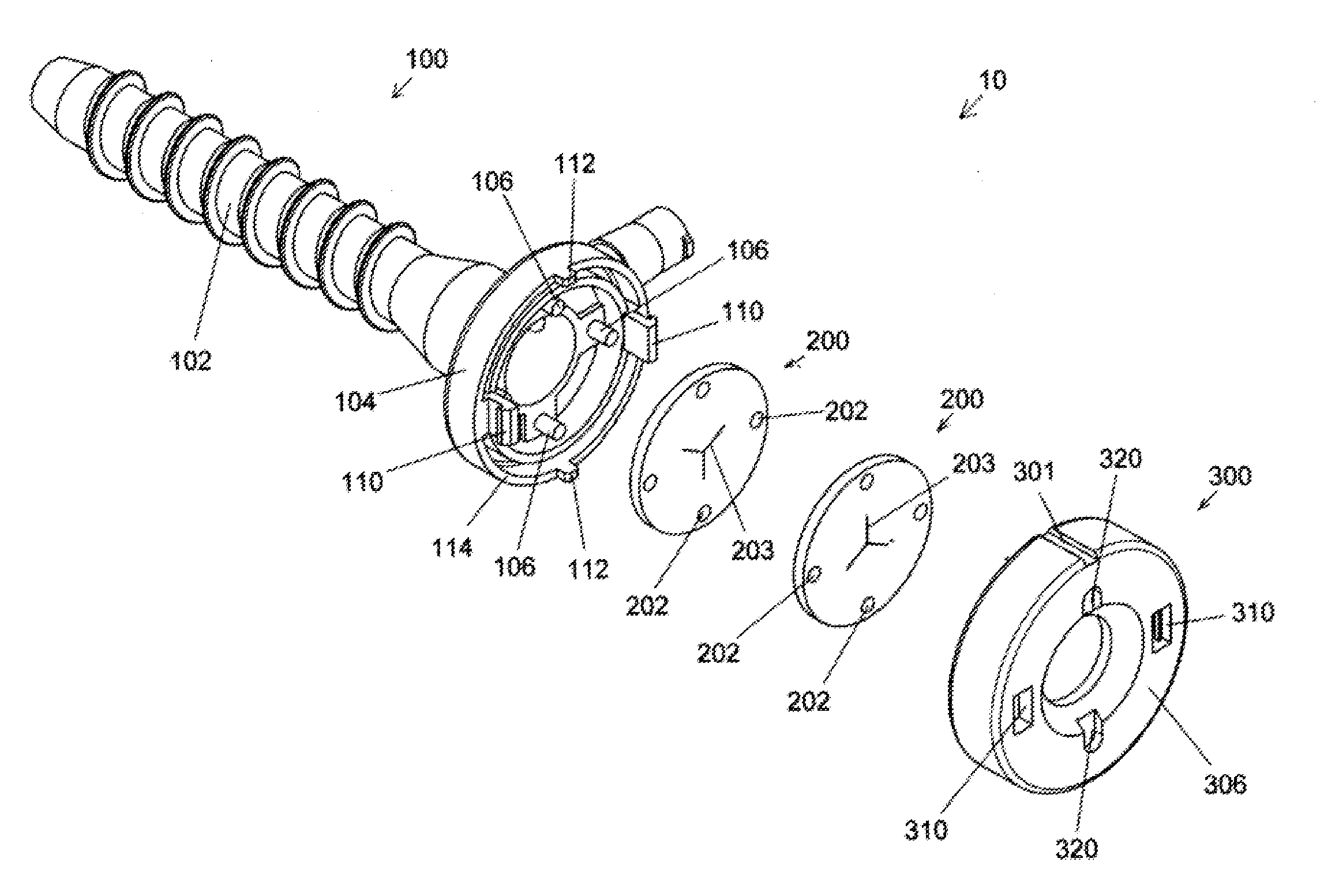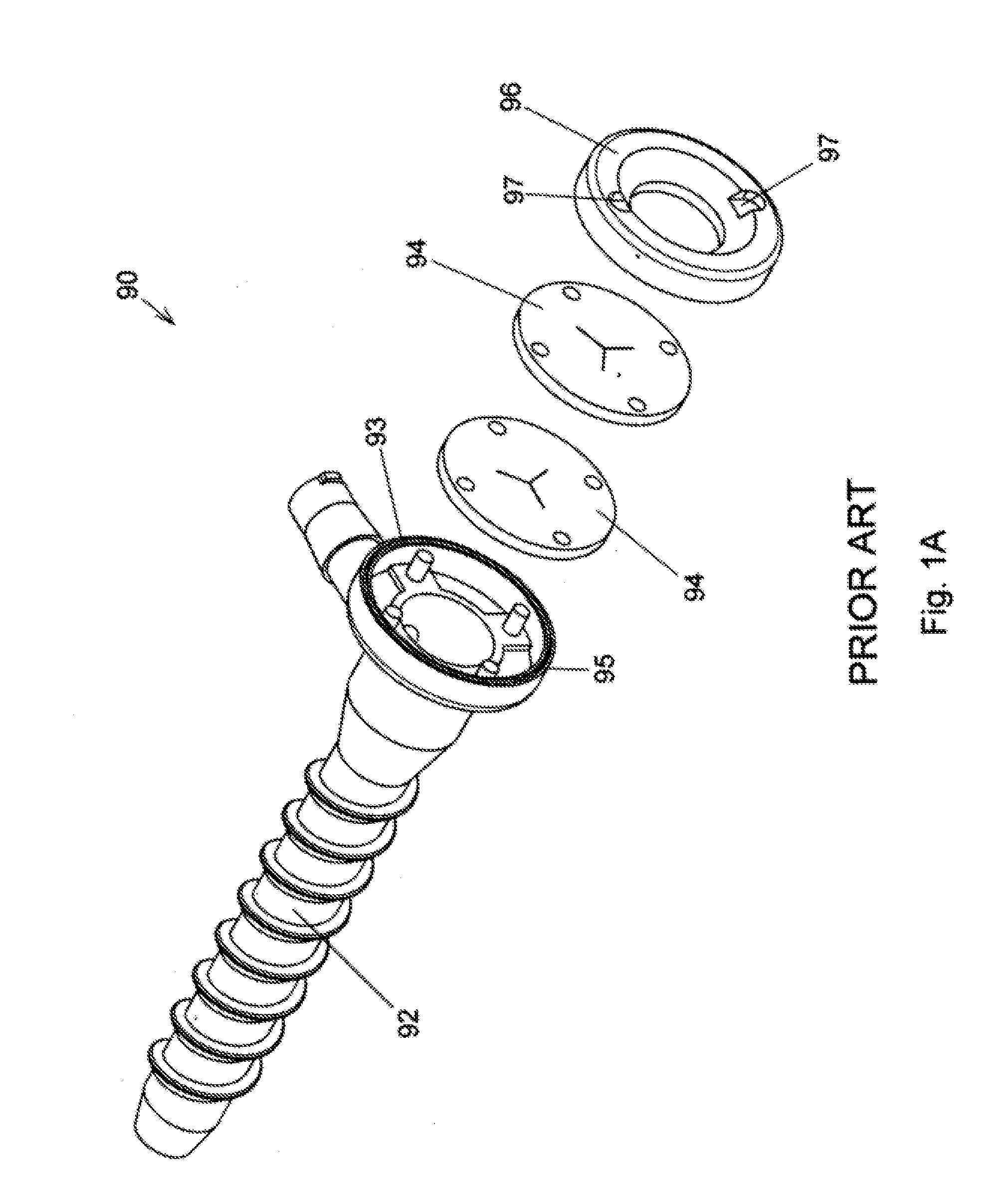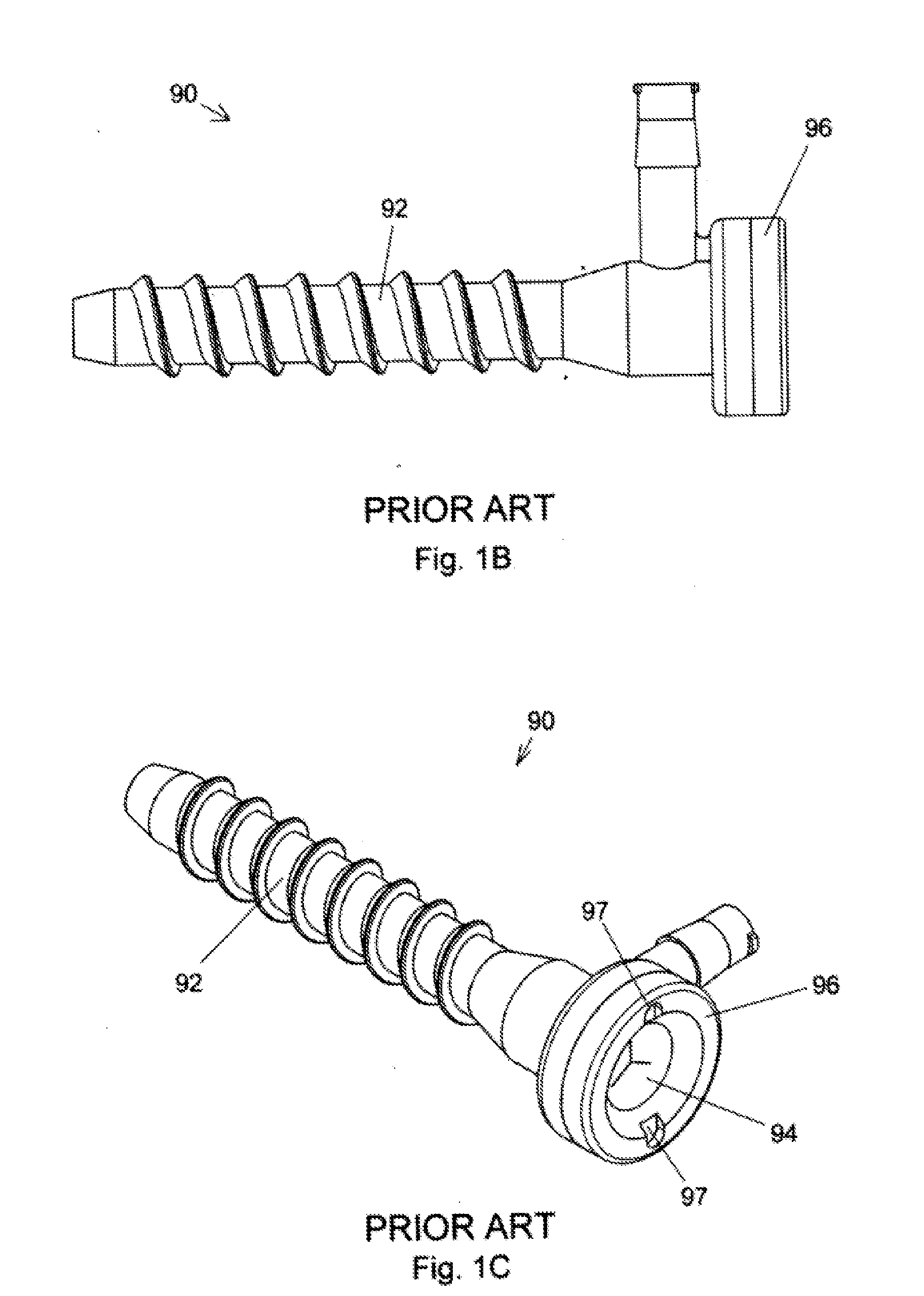Simplified arthroscopy cannula
a cannula and simplified technology, applied in the field of endoscopic surgery cannula, can solve the problems of weakening the bond to the point of failure, difficult to confirm the integrity of the bond, and costly time-consuming procedures for validation of the bonding process, so as to reduce manufacturing costs, increase reliability, and strengthen the reliability of the bonding element.
- Summary
- Abstract
- Description
- Claims
- Application Information
AI Technical Summary
Benefits of technology
Problems solved by technology
Method used
Image
Examples
examples
[0106]FIGS. 1A through 1C depict the construction of a typical prior art cannula, more particularly an arthroscopic sealing cannula. As best seen in FIG. 1A, prior art cannula 90 has a rigid polymeric distal element 92, one or more elastomeric membranes or seals 94, and a rigid polymeric proximal element 96 which is bonded to distal element 92 by ultrasonic welding, solvent bonding, or an adhesive, ultrasonic welding being the preferred method. Slots 97 in proximal element 96 allow cannula 90 to be inserted and retracted from a surgeon-formed portal in the body of a patient using a specialized handle called an obturator that allows the surgeon to apply axial force and torque to cannula 90 as needed. Cannula 90 as shown is configured for assembly by ultrasonic welding of distal portion 92 to proximal portion 96 with proximal facing annular surface 93 having formed thereon an annular ridge 95 which functions as an “energy director” to aid in forming the bond. When subjected to pressur...
PUM
 Login to View More
Login to View More Abstract
Description
Claims
Application Information
 Login to View More
Login to View More - R&D
- Intellectual Property
- Life Sciences
- Materials
- Tech Scout
- Unparalleled Data Quality
- Higher Quality Content
- 60% Fewer Hallucinations
Browse by: Latest US Patents, China's latest patents, Technical Efficacy Thesaurus, Application Domain, Technology Topic, Popular Technical Reports.
© 2025 PatSnap. All rights reserved.Legal|Privacy policy|Modern Slavery Act Transparency Statement|Sitemap|About US| Contact US: help@patsnap.com



